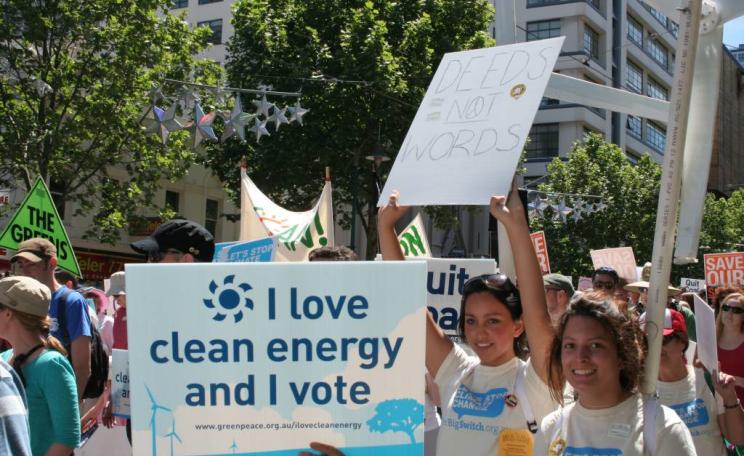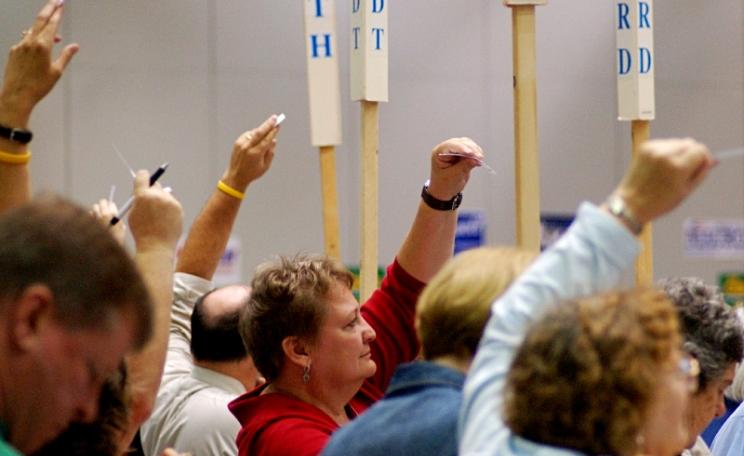In every pluralist democracy, contentious problem would be subject to a multi-option, preferential vote.
Politics is adversarial. It need not be so. Indeed, it should not be so. After all, democracy is for everybody, “the common good,” not just a majority, 50 per cent + 1 and all that.
Politics is the art of compromise: decisions should be based on the best possible compromise. But you cannot identify a consensus with a majority vote.
Politics is indeed adversarial; this is mainly because decision-making is based on majority voting; it’s win-or-lose; and very short-term.
Singletons
To find the MPs’ average age, if the Speaker asks – “Are you young or old?” the collective answer is bound to be wrong! Similarly, the will of parliament cannot be identified in a binary vote: “are you left- or right-wing?”
The Greeks were aware of this sort of problem, 2,500 years ago. Alas, they knew of only the two forms of the one voting procedure: the adversarial binary vote.
There are singletons – “D’you want ‘this’, yes or no?” – or pairings – “D’you want ‘this’ or ‘that’?” Now with singletons, there may be a majority against everything; with pairings, however, even if it depends upon the casting vote of the chair, there’ll always be a definite outcome. So the Greeks used – and today we still use! – pairings.
Imagine a dozen committee members debating a problem, on which 5 want X, 4 prefer Y and 3 opt for Z. With singletons, there are indeed majorities against everything: 7, 8 and 9 against X, Y and Z respectively. So that’s no good.
But with pairings? Well if the 5 have preferences of X-Y-Z, the 4 of Y-Z-X and the 3 of Z-X-Y, then 8 prefer X to Y, 9 Y to Z, and 7 Z to X. So X is more popular than Y, which we write as X > Y, and in all X > Y > Z > X > Y … which goes round and round for ever!
Consociational
This is Le Marquis de Condorcet’s famous paradox of binary voting. So that’s no good either. It means the unscrupulous chair can adjust the order of voting and get whatever she wants: just give it a bye into the final: If he/she wants Z, then X v Y gives X, and X v Z gives Z; or Y, then X v Z gives Z, and Z v Y gives Y; or X, then Y v Z gives Y, and Y v X gives X.
In a word, majority voting is manipulable. Brexit: David Cameron lost a singleton. Theresa May lost eight of them. But Boris used a pairing, ‘his deal’ versus ‘no deal’… so he won.
In Ancient Greece, for male citizens only, majority voting worked fairly well, as it did in China a few centuries later. One of the first to realise its limitations was Pliny the Younger in the year 105; hence plurality voting.
In every pluralist democracy, contentious problem would be subject to a multi-option, preferential vote.
Then Europe had the Dark Ages, and the first government to use this methodology was Asian: Chinese (or should I say Jurchen). It was a vote of three options on the question of war with Mongolia, taken in the year 1197.
Europe then returned to the fray: approval voting was used in Venice in 1268; preferential voting and a prototype of the Condorcet rule came in Spain in 1299; a first version of the Borda Count BC was devised in 1433 in ‘Germany’; in 1603, the Dutch thought of consociational voting; France had two inventions, the Modified Borda Count MBC of 1770 and the Condorcet rule 15 years later; and in 1821 England produced the alternative or single transferable vote, AV or STV, (which North America calls ranked choice voting RCV).

Threshold
Of them all, the MBC is non-adversarial. At best, it can identify – and measure – the options’ average preference scores; and an average, of course, involves every voter in parliament/congress, whatever.
In a five-option vote, a most unlikely outcome would be a five-way draw; depending on its score, the winning option could be the best possible compromise, the consensus, or even the collective wisdom.
It works like this. In COP gatherings, national parliaments and congresses, someone may move a motion, let’s say option J. As in a German confidence vote, others may suggest an alternative (compliant with the UN Charter) motion – options K, L, M. Every proposal a complete package.
So, in a ten-party parliament, initially, there may be ten options ‘on the table’, computer screen, and perhaps a dedicated website. Each option, debated in turn, may be amended, composited or even deleted… but only if the original proposer agrees.
The number of options may come down to just one: a verbal consensus. More usually, differences will remain; whereupon the chair shall draw up a balanced ballot of about five options; the participants cast their preferences, and if the winning outcome passes the threshold, it may be adopted.
In a 5-option vote:
+ he who casts only his 1st preference gets his favourite just 1 point;
+ she who casts two preferences gets her favourite 2 points (and her 2nd choice 1 point);
and so on; thus
+ he who casts all five preferences get 5 points for his favourite (4 for his 2nd choice, etc.).
In casting a full ballot, the voter
∞ states her compromise option(s);
∞ recognises the validity of her neighbours’ aspirations;
and
∞ implies a willingness to accept, and help to implement, the democratic outcome, even if it’s not her own 1st preference.
Precision
To have the option with the highest average preference, a party needs many 1st preferences, perhaps some 2nd’s and a handful of 3rd’s, but few if any 4th or 5th preferences. Ha! unlike majority voting, the MBC encourages cooperation.
If adopted, there would be no more vetoes in COP meetings or the UN Security Council, few if any majority votes in the world’s parliaments, no more majority coalitions like today’s concoction in Israel, and no more majority vote referendums in the Balkans, the Caucasus, Ukraine… Scotland or Ireland.
Instead, in every pluralist democracy, contentious problem would be subject to a multi-option, preferential vote, and every government could be an all-party power-sharing coalition; this would allow for real majority rule, as today but only in a few post-conflict zones and Switzerland.
If an election produces an X per cent swing to the Greens, then the resultant all-party government will also enjoy a similar X per cent swing. In all, such a non-adversarial politics would focus on the long-term!
The MBC is a precision instrument, a voting procedure able not only to identify the common good, but to measure the participants’ degree of consensus.
Politics, we said, is the art of compromise; the MBC is its science. Sadly, just as some politicians ignore the science of climate change, many don’t even understand consensus voting. Eventually, however, if the MBC were adopted, the words ‘majority’, ‘minority’ and ‘veto’ could fade from the political lexicon.
This Author
Peter Emerson is the director of the de Borda Institute, a founder member of the Irish GP, and the author of The Punters’ Guide to Democracy (Springer, Heidelberg).




